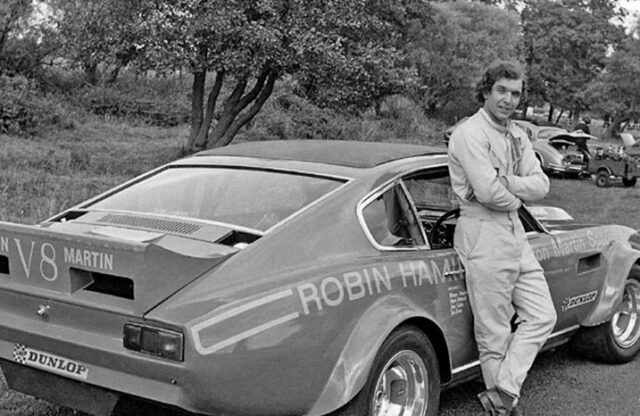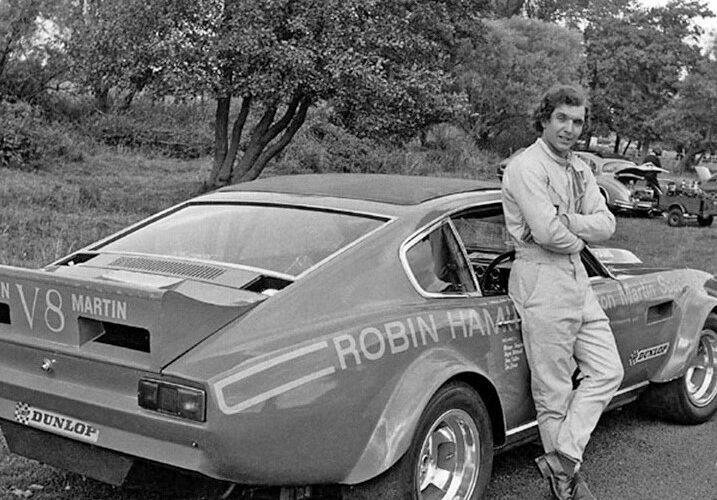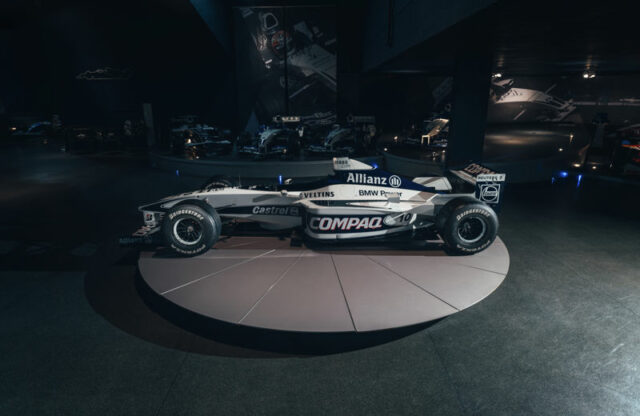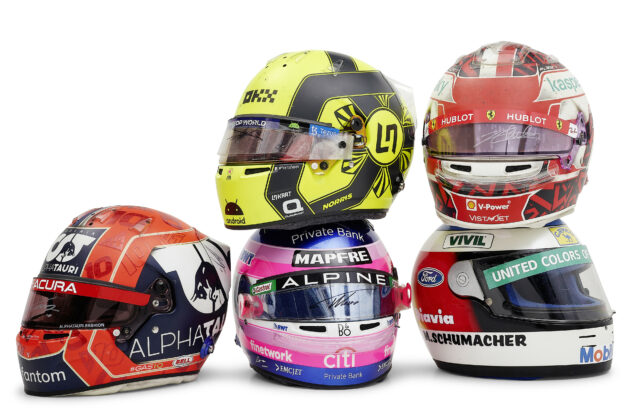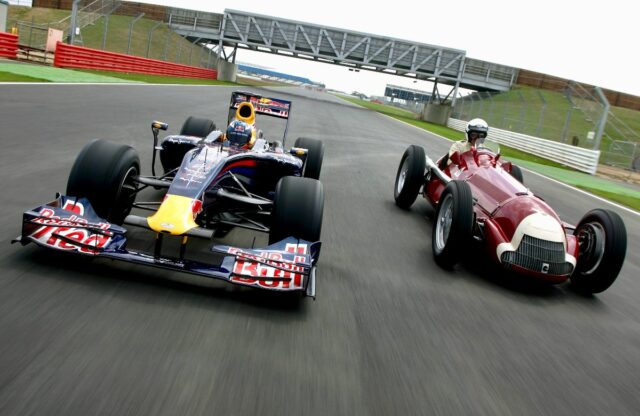Robin Hamilton, who more than anyone maintained Aston Martin’s relevance in motor racing during the 1970s and beyond, died on January 18, 2025. He was 77. A likeable man with a can-do attitude, he is remembered for stretching miniscule budgets beyond their elastic limits. His Le Mans bids in particular were decidedly Boy’s Own stuff. Nevertheless, describing him as having been an enthusiastic amateur sells him short. He was a fine engineer and a born wheeler-dealer who made the most of every opportunity.
The Derby native served an engineering apprenticeship with the Rolls-Royce Aero Division, and he campaigned an Ariel Red Hunter motorcycle at the weekends. “It was very crude but I had this idea to race it. By the time I’d finished, it could hold off a Manx Norton at Brands Hatch,” he recalled in 2017.
Having in time risen to a staff service engineer role, he became an Aston Martin specialist more by chance than planning. He bought and sold cars in his spare time, many of them Astons, and this became a full-time gig after he was made redundant in 1971.
Hamilton became an official service dealer three years later, and a distributor in 1977 – by which time he had already earned a degree of success club racing his DB4 GT. Matters took a turn for the serious after he decided to build a car to compete in the Le Mans 24 Hours. Robin Hamilton Motors’ weapon of choice was a 1969 DBS V8 that underwent a steroidal makeover. He had hoped to compete in the 1976 running, only to be stymied by a lack of funds, although he managed to persuade SAS (a manufacturer of riot gear) to back his bid for the following year.
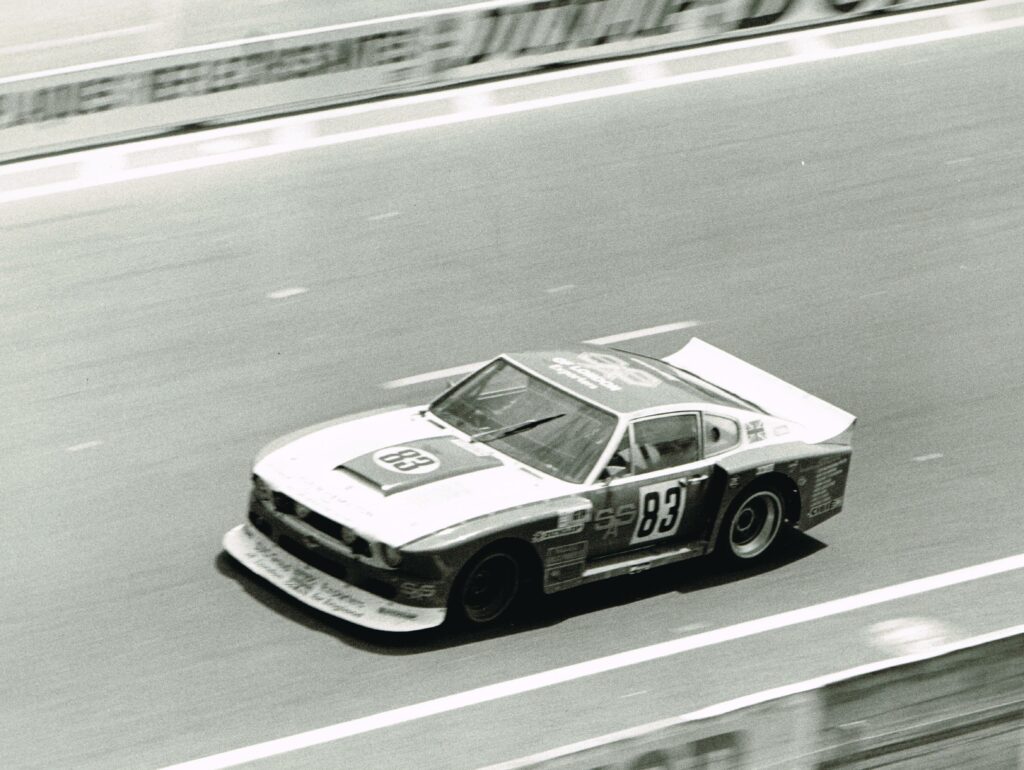
Now bearing the chassis number RHAM/1 (Robin Hamilton Aston Martin), the car made its international debut during the Silverstone Six Hours meeting in May 1977. A month later, Hamilton and his team-mates Dave Preece and Mike Salmon finished 17th at Le Mans aboard the fan favourite that earned the nickname The Muncher on account of its appetite for brake discs. The car subsequently gained twin turbos amid a raft of changes, but a return run in 1979 ended early due to chronic overheating and a holed piston.
The car’s final race, the 1980 Silverstone Six Hours, saw Hamilton and Derek Bell match the Porsche 935s in a straight line, only for the car to drop out with rear hub failure. The October of that same year also saw Hamilton break the Land Speed Record for towing a caravan, a tow bar being added to RHAM/1 ahead of a run at Elvington Airfield. He recorded a two-way average of 124.914mph – in the wet. He concentrated on realising the Nimrod-Aston Martin Group C project thereafter.
Reigning Formula 2 champion Geoff Lees joined Tiff Needell and Bob Evans on the driving strength, but the car retired on its May 1982 debut at Silverstone after the camshaft top chain tensioner worked loose. The rest of the season saw repeat failures, relations with engine builder Tickford becoming toxic over time. Hamilton headed stateside in 1983, a high point being fifth place in the Sebring 12 Hours with Reggie Smith, Lyn St James and Drake Olson. However, his bid came unstuck mid-season when a potential sponsor came up short.
Hamilton liquidated his main Aston Martin dealership (and a Citroën agency) on his return, along with Nimrod Racing Automobiles. With it died the all-carbonfibre Nimrod NRAC3 that was still in build. He rebounded, though, acting as general manager and trouble-shooter for the BMW concessionaire in Saudi Arabia. In later years, he returned to his engineering roots – but there would be no further adventures in motor sport.
